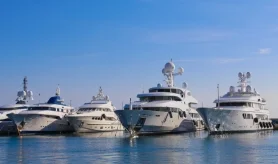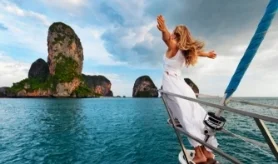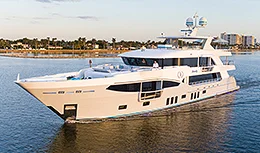- Alaskan Yachts
- Azimut Yachts
- Back Cove Yachts
- Beneteau Yachts
- Benetti Superyachts
- Bertram Yachts
- Boston Whaler
- Broward Yachts
- Buddy Davis Sportfish
- Burger Yachts
- Cabo Yachts
- Catamarans
- Carver Motoryachts
- Center Console
- Chris-Craft Yachts
- Cruisers Yachts
- DeFever Trawlers
- Dufour Sailboats
- Fairline Yachts
- Feadship Yachts
- Ferretti Yachts
- Filippetti Yachts
- Formula Yachts
- Fountaine Pajot Cats
- Grady-White
- Grand Banks Trawlers
- Hargrave Yachts
- Hatteras Yachts
- Hinckley Picnic Boats
- Horizon Yachts
- Hydra-Sports
- Intrepid Boats
- Jarrett Bay Sportfish
- Jeanneau Yachts
- Kadey-Krogen Trawlers
- Lazzara Yachts
- Lekker Boats
- Luhrs Sportfish
- Marlow Yachts
- Maritimo Yachts
- Marquis Yachts
- Mazu Yachts
- McKinna Motoryachts
- Meridian Yachts
- Midnight Express
- MJM Yachts
- Mochi Craft
- Neptunus Motoryachts
- Nordhavn Trawlers
- Nordic Tugs
- Numarine Yachts
- Ocean Alexander Yachts
- Ocean King
- Offshore Yachts
- Outer Reef
- Oyster Sailing Yachts
- Pacific Mariner Yachts
- Palmer Johnson Yachts

Monaco Mystique: Opulence, Romance, Royalty, and More
No place combines opulence, romance, royalty, mystery, and lots and lots of money quite like Monaco.
This article was written by Julia Zaltzman. Photography courtesy of Visit Monaco Tourism Bureau.
It’s the stuff of Hollywood legend, the all-American dream with a sprinkling of Disney-princess magic. The boy-meets-girl story of a young Monégasque prince and an Irish-American actress who rose to prominence as a Hitchcock heroine has had the world enthralled for decades. Renowned for her beauty and talent, Grace Kelly retired from the silver screen in 1955 to marry her beau, Prince Rainier III, forming one of the most celebrated love matches of the 20th century. Backed by the power and riches of the 700-year-old House of Grimaldi, one of the major families of Genoa, the duo became ambassadors of a new golden age.
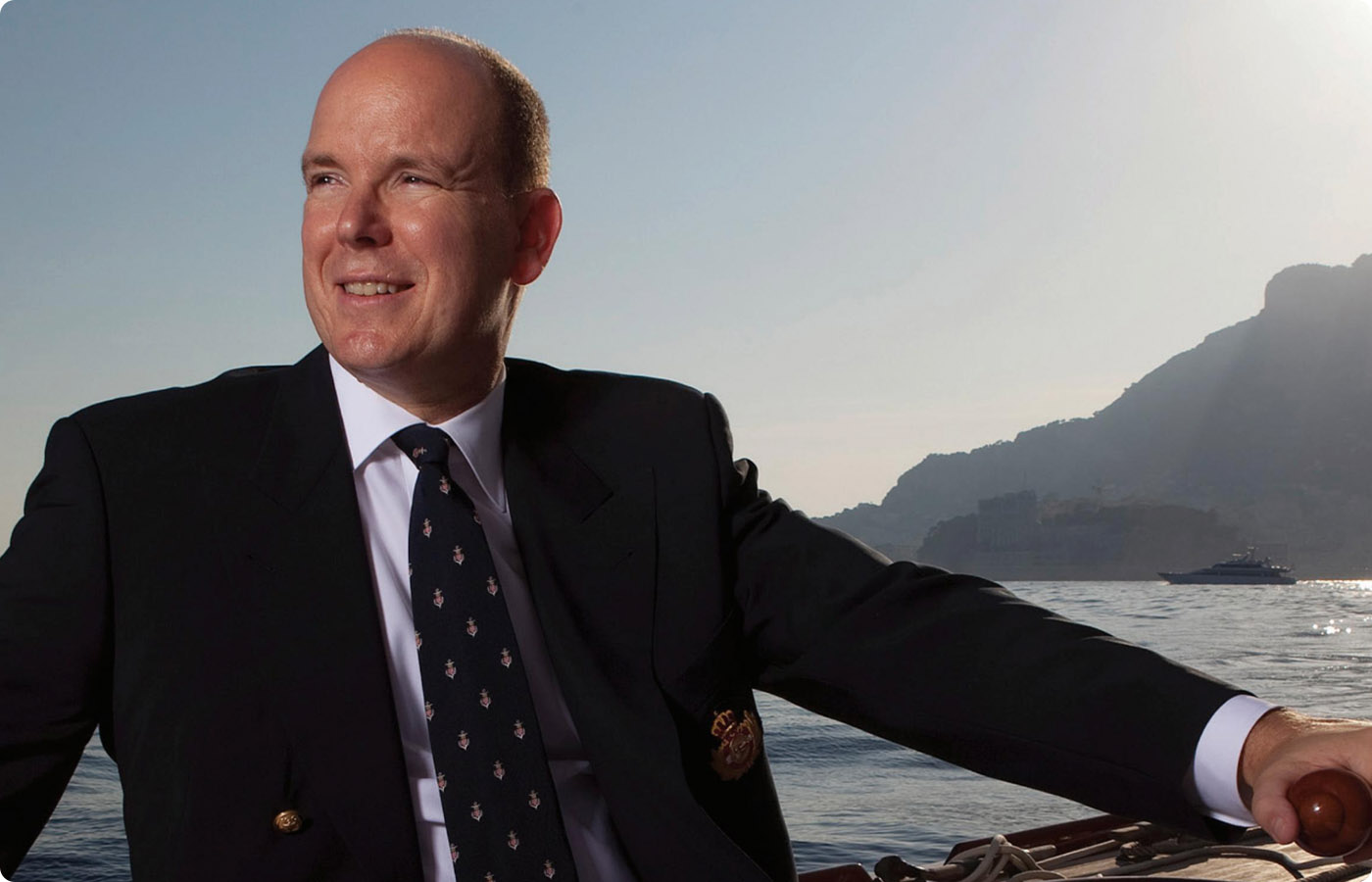
Far from ending her career, the union opened the door to new opportunities for Princess Grace, largely in the sphere of charity work focused on young children and the arts. It also shone a spotlight on Monaco, the world’s second-smallest city-state (after Vatican City), which became a billboard for glamour, prestige, and yachting.
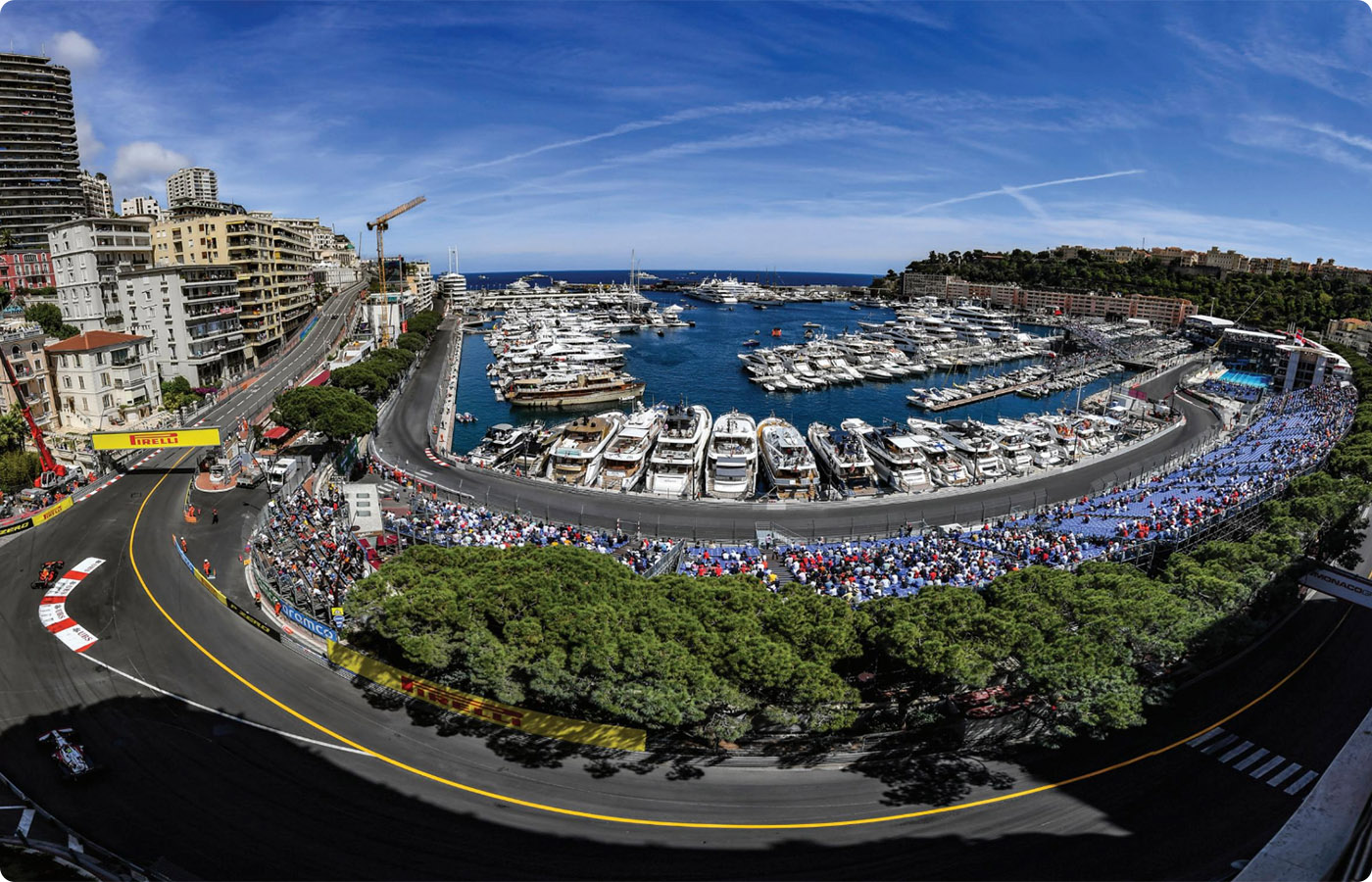
Early in the 1950s, Prince Rainier, himself a keen sailor, predicted that post-war prosperity would lead to a yachting boom. He decided to establish a yacht club that would make Monaco, already a center of sailing regattas, a fashionable destination for international motor yachts.
“It was indeed my desire that we could welcome and bring together the yachtsmen who come here, with an organization worthy of the tourist facilities offered by the Principality. The future of Monaco lies with the sea,” declared Prince Rainier III during the inauguration of the Yacht Club de Monaco, which he founded in 1953. Today, 37 of its members own yachts that are among the 100 largest in the world.
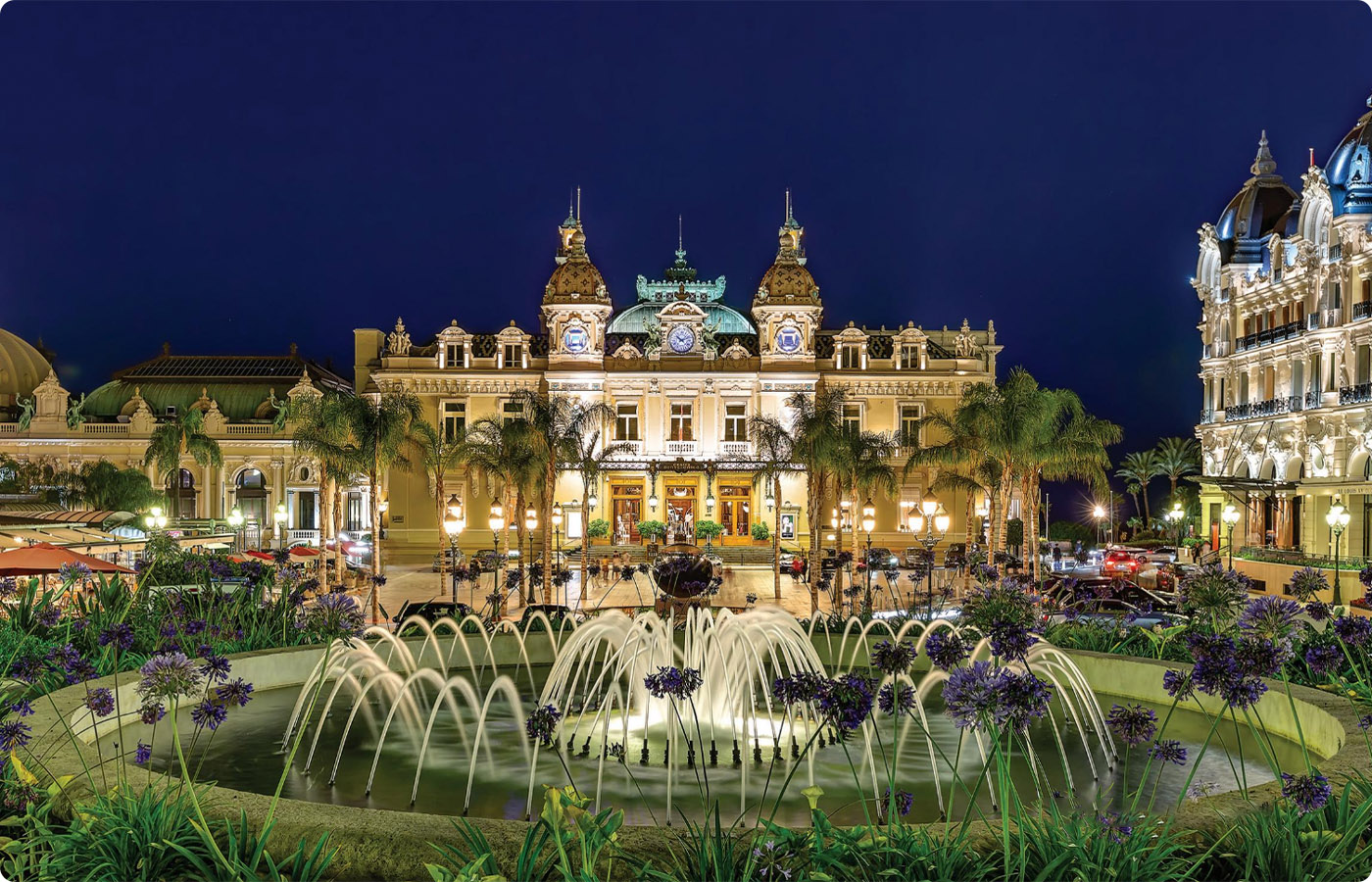
Set on the eastern edge of Port Hercules, with views across the harbor to the palace on the rock, the club is a bastion of tradition and innovation bringing together more than 2,500 members. The club’s reputation has grown in the 40 years that HSH Prince Albert II, a leading proponent of environmental protection, has presided over it. He has made the club the epicenter of Monaco’s drive toward sustainability, with its annual electric boat race, its founding role in the Superyacht Eco Association (SEA) Index, and its ocean conservation initiatives.
Jill Bobrow, a veteran yachting journalist and author of Yacht Club de Monaco, published by Assouline in 2024 to celebrate the 40th anniversary of Albert’s presidency, has been a Membre Adhérent since 2007. “I believe the Yacht Club de Monaco is a unique institution that genuinely transcends the role of a traditional yacht club,” she says. “I see it as a place where the sea, good people, and ideas converge, and from which important global initiatives emerge.”
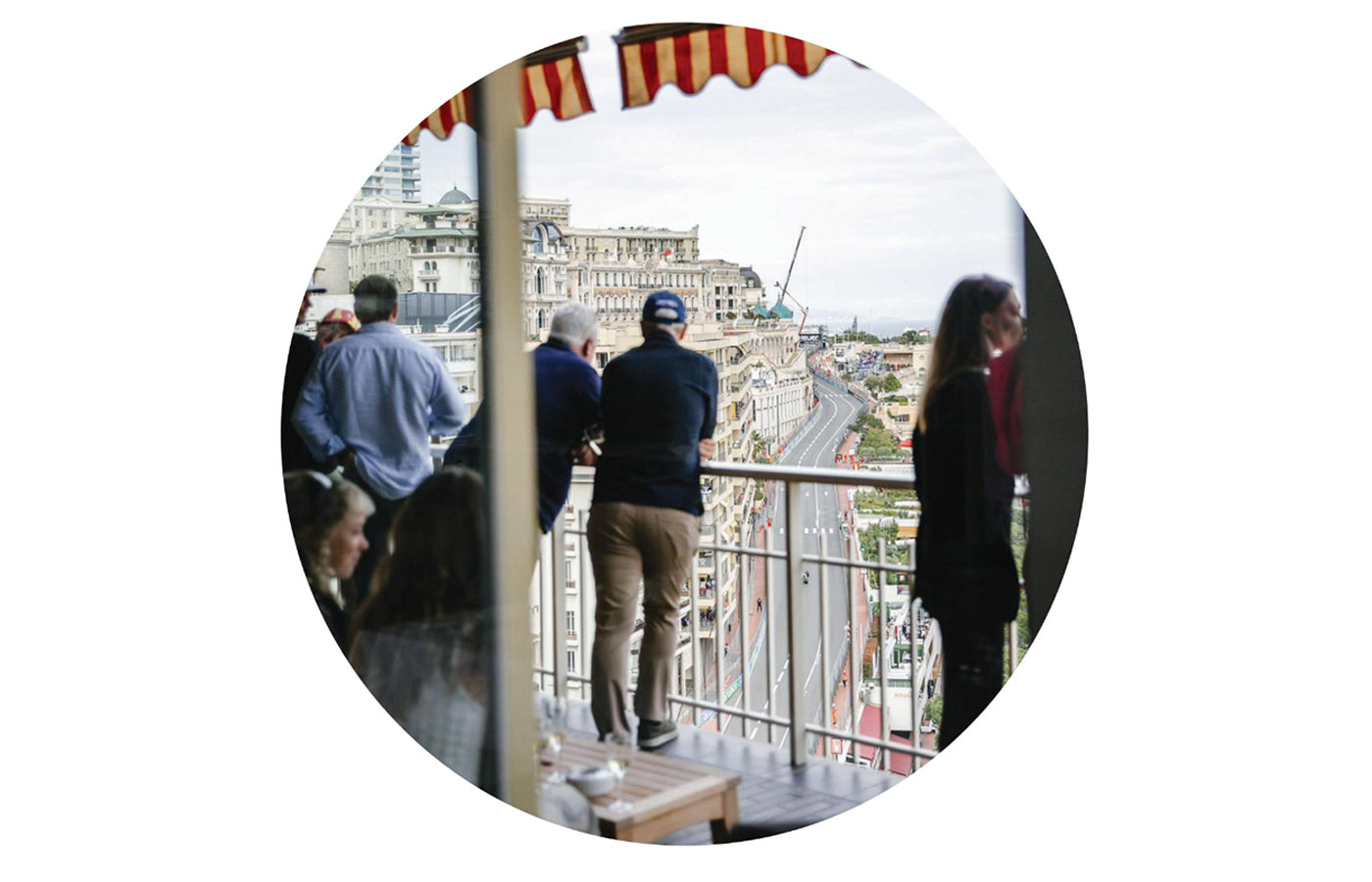
Monte Carlo is also known for boatbuilding genius Carlo Riva’s racy runabout, the iconic Aquarama. Recognized as the Ferrari of the boat world, it rocketed to cult status, helped by a clamor from royalty and movie stars from Brigitte Bardot to Sophia Loren (who purchased hull number three). By 1965, the Aquarama was considered the world’s most desirable motorboat, and Monaco was the place to be seen aboard one. And they’re still stored in the spectacular tunnel Monaco Yacht Service carved into the rock beneath the Prince’s Palace, and launched from the same harborside location where they’ve been for decades.
Today, some of the world’s finest superyachts, such as 116-meter Atlantis II, 90-meter Dar, and 88-meter Olivia O, elect to frequently berth in Port Hercules. The best views of these herculean vessels are found on Deck 5 of the new clubhouse, either at the club’s Aquarama Riva Bar or on the panoramic terraces. Inspired by the deck of a superyacht, the building was designed by Lord Norman Foster and opened in 2014.
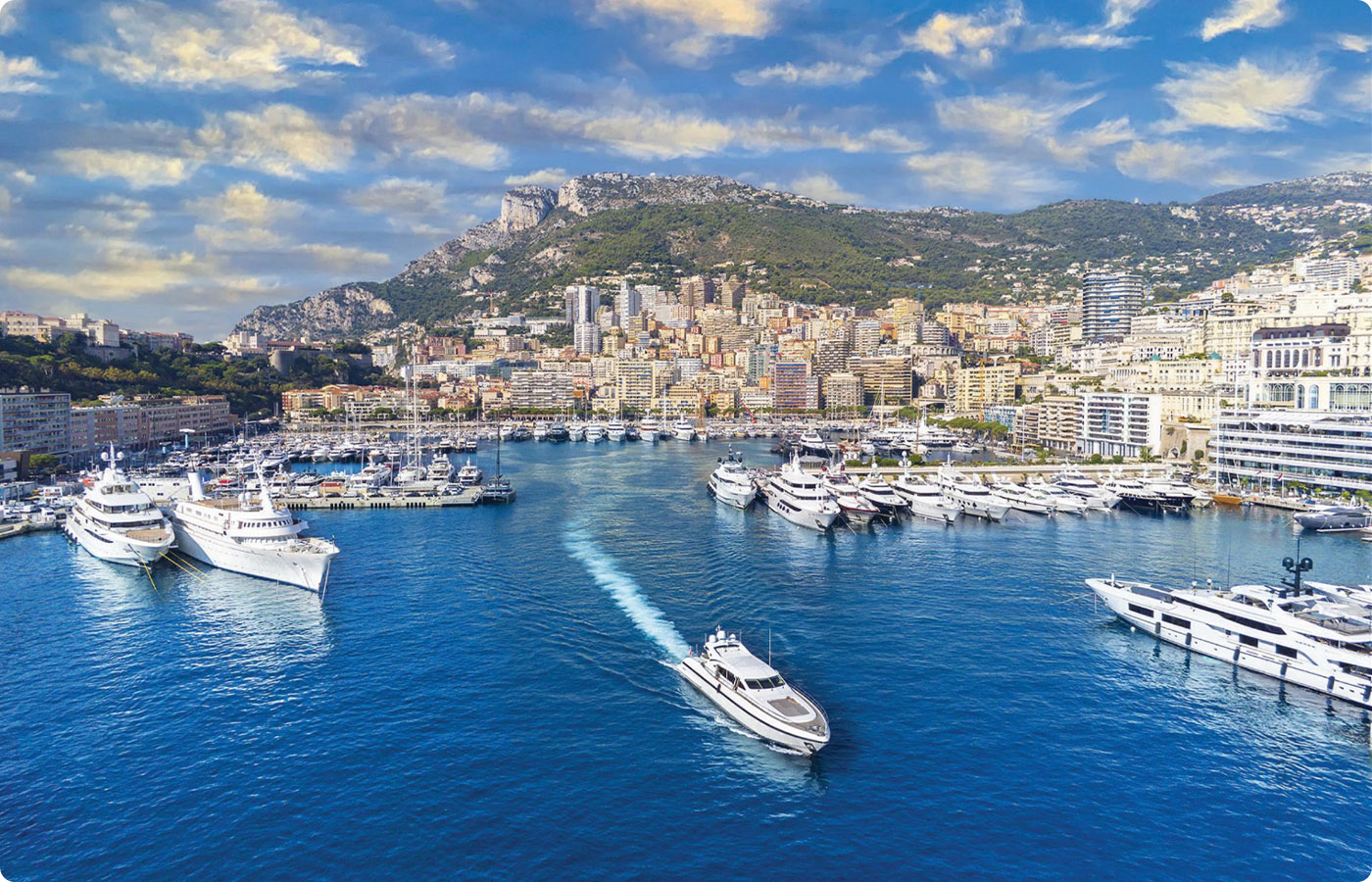
From the inner sanctum of the Casino de Monte-Carlo, where the patter of chips on felt reverberates off gilded bas-reliefs, to the majestic Oceanographic Museum, decadence and development go hand in hand on the F1 rubber-streaked streets of Monaco.

Request a Copy

